Lone survivor of isolated Amazonian tribe captured on film for first time in decades
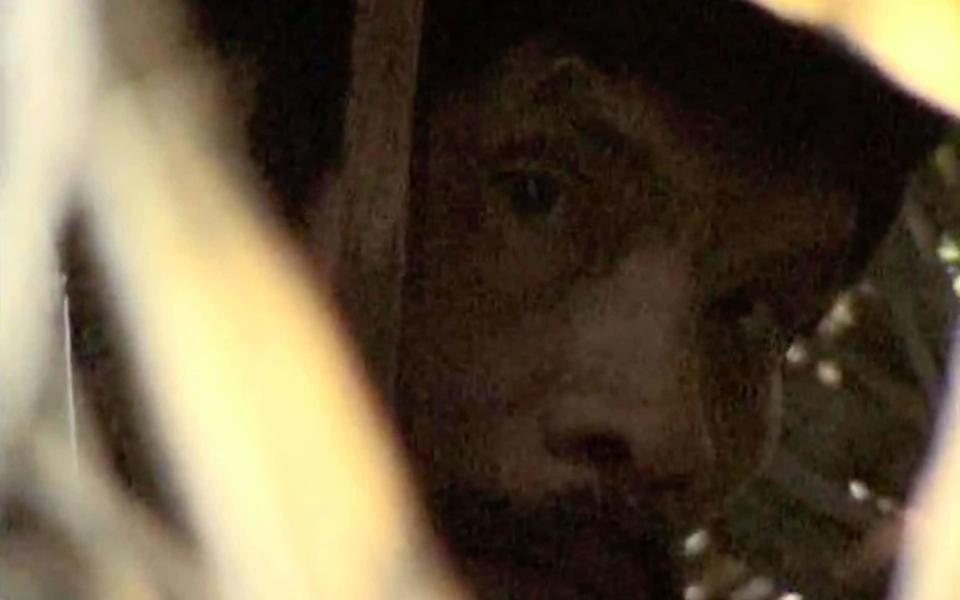
A rare glimpse has been captured of the lone survivor of an indigenous Amazonian tribe, who has been living in isolation for more than two decades.
The tribesman, who is known locally as the ‘man in the hole’ due to his habit of digging protective pits, was spotted recently in remote rainforest in the Rondônia region of Brazil.
At the time he was energetically cutting down a tree while clad in little more than a loin cloth.
The man, who is thought to be now in his 50s, was last widely seen on film in the 1998 Brazilian documentary Corumbiara, which chronicled the mass murder of remote tribes in the previous decades.
The new footage was captured by preservation workers of the Brazilian government agency set up to protect isolated tribes in the region, FUNAI.
According to FUNAI most of the man in the hole's kin were killed in attacks by farmers and loggers during the 1980s and 1990s.
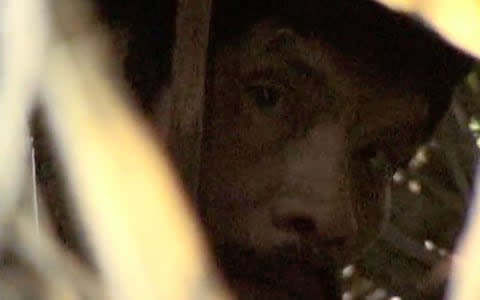
In the 1980s the government built a motorway through that region of the Amazon which touched-off a period of violent colonisation as cattle ranchers and loggers moved in.
Ranchers were able to stake claims to land if they could prove no indigenous people lived there.
By the early the 1990s the man in the hole’s tribe is thought to have been reduced to just six members. He was left the only remaining survivor following the last recorded attack on his people in 1995.
Since then the area where the tribesman lives has been made into a protected reserve.
Fiona Watson, Head of Research and Advocacy for the charity Survival International and one of the few westerners to visit the remote area, told The Telegraph that she was heartened by the footage as the man appeared “in good health” and to be “very fit”.
No contact
After the tribe was formally identified by FUNAI in 1996, the agency did make a number of attempts to contact the tribesman.
It soon became apparent he was not interest in the outside world and FUNAI ceased its attempts in 2005.
The agency said its workers still leave tools, such as axes and machetes, as well as seeds for the tribesman in places where he often passes.
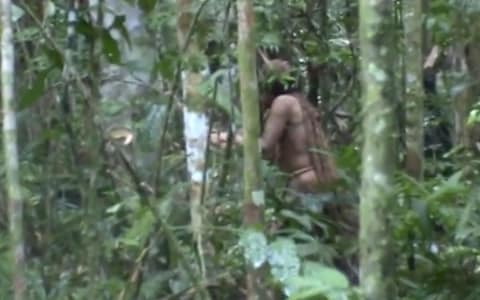
“One time when the FUNAI team got too close he fired an arrow towards them in warning,” said Ms Watson. “So their policy is not to make contact, it is clear he wants to be left alone.
“It is unimaginable to wonder what is going on in his head. To see your family and community murdered and now you’re the only one with no one to talk to, it’s unbelievable”.
'Small hut and garden'
In 2005 Ms Watson went on a monitoring mission with FUNAI workers, where they go to check on the man from a distance and make sure he is not being harassed by ranchers.
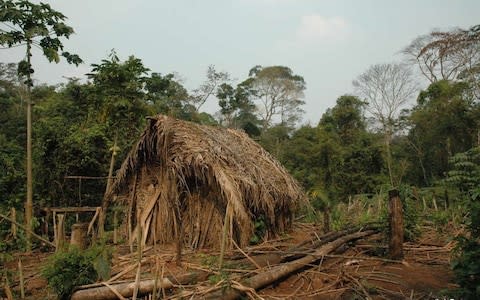
During the visit they were able to see his home while he was off hunting. Describing his abode, Ms Watson said: “It is a small hut full of bows and arrows and he had a calabash with water.
“He also has a small garden where he grows papayas, bananas and corn. He will be getting his water from a stream.”
Insights from neighbouring tribe
Although little is known about the man in the hole's tribe or customs, some insight into his existence can be gleaned from his neighbouring tribe, the Akuntsu, with whom Ms Watson has worked.
Only six members of that tribe remain after their village was bulldozed and most of their members shot dead during a series of brutal attacks in the 1980s and 1990s.
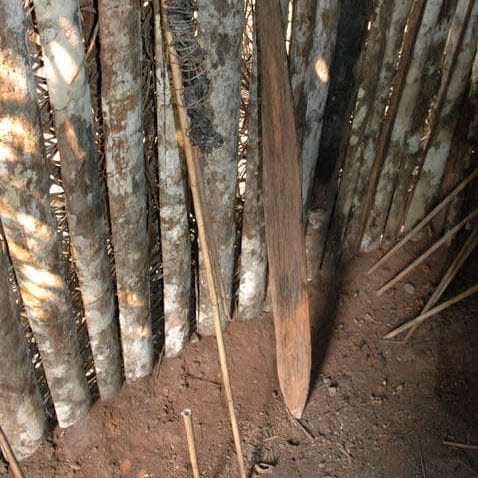
Yet the tribe, who also live on a protected reserve, do have contact with modern world and work with linguists studying their language, which is likely related to the man in the hole's.
“We know bits about them (the Akuntsu),” said Ms Watson. “We know one of them, the main male leader, takes snuff, he is a shaman and plays the flute, so they have a tradition of dance and music”.
Speaking of the man in the hole, she added: “What you can definitely say is he is a hunter gatherer. A lot of indigenous people in that area have very sophisticated botanical knowledge, so he may hunt with poison arrows.”
However the territorial holes, from which the man derives his name, are not something generally seen with other tribes in the area and could be as a result of the trauma he’s endured.
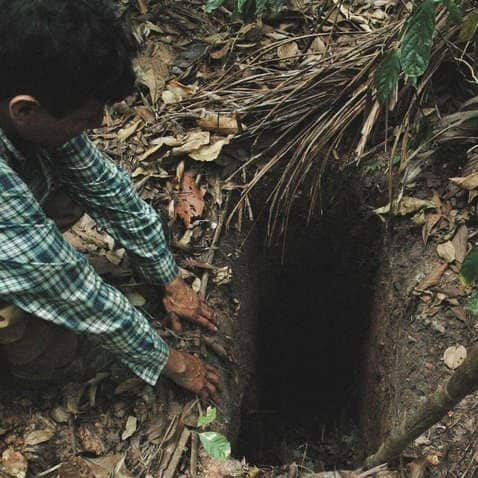
Ms Watson said: “He digs these big holes round his territory that are about 1.5 to two meters deep.
“Most have sharp stones in so they have a dual purpose, first they help him hunt, as he is living off wild game.
“The other thing is, as he has a deep hole in his house, is it is a protection strategy. He can jump in and fire arrows out of them if anyone comes in.”
New footage politics
FUNAI doesn’t often release footage of the man in hole and Ms Watson said she thinks the decision may be partly political as the agency is facing cuts against amid a political atmosphere of increasing hostility towards indigenous tribes in Brazil.
She said ranchers are still set on claiming the land of remote tribes and some politicians have also accused the agency of making up indigenous people in the past. So the release may be partly to prove the existence of the man in the hole.

Ms Watson added his story was ultimately a tragic one as his ancient culture and deep knowledge of the rainforest would perish with him.
“They (his tribe) are astronomers, engineers and botanists and the most acute observers of that part of the rainforest,” she said.
“They have codified that knowledge and some of that could be invaluable. It could be a drug that cures a disease in our society.”

 Yahoo News
Yahoo News 